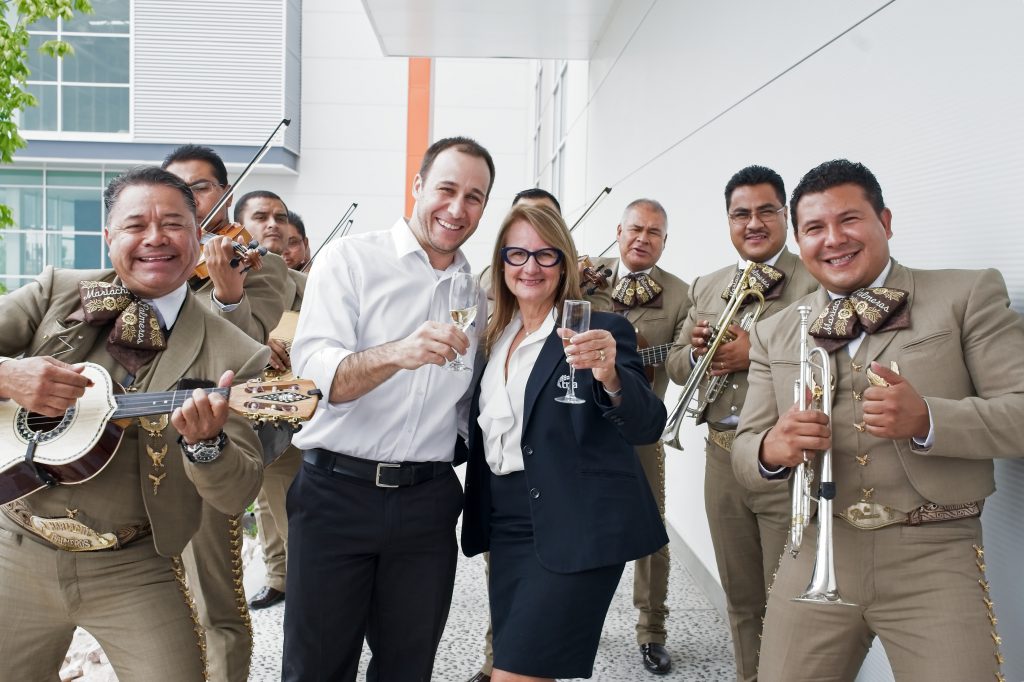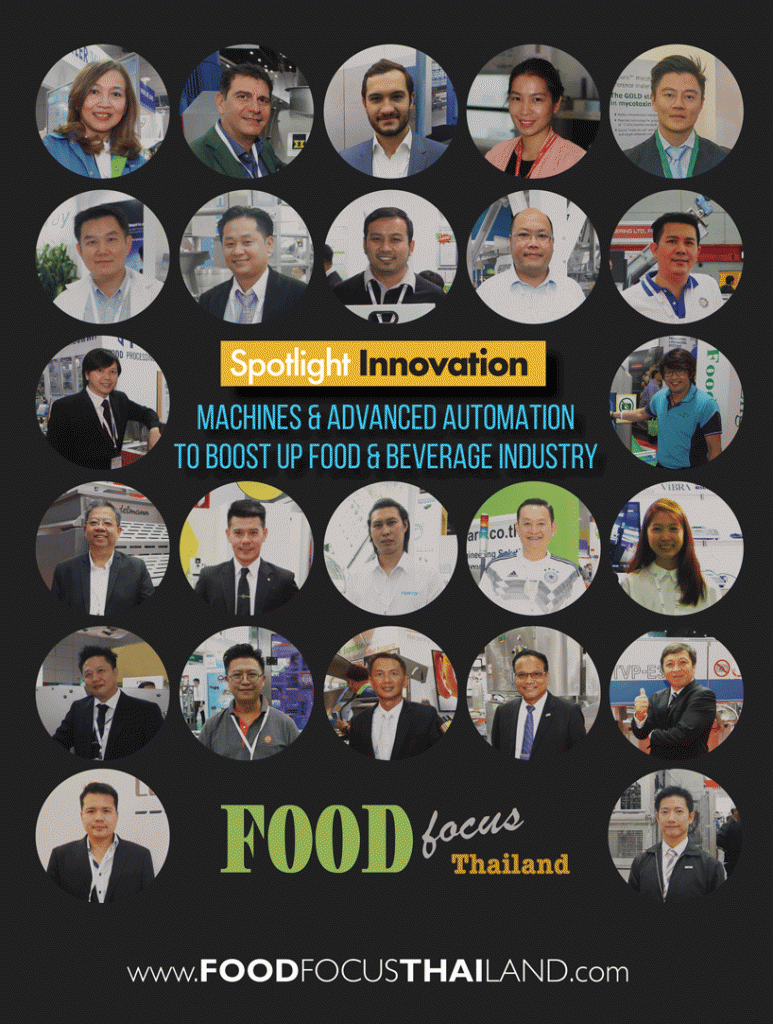30 มิถุนายน – 1 กรกฎาคม 2561, กรุงเทพฯ
มหาวิทยาลัยศรีนครินทรวิโรฒร่วมกับ UCC Network จัดสัมมนา “SMEs Springboard: Success through Creative Economy” พร้อมเปิดตัว ‘วิทยาลัยอุตสาหกรรมสร้างสรรค์’ (College of Creative Industry – CCI) และโครงการ Innovation Hubs เพื่อตอกย้ำแนวทางการพัฒนาบุคลากรให้สามารถต่อยอดความคิดจากภูมิปัญญาท้องถิ่นสู่ภาคธุรกิจและอุตสาหกรรมสร้างสรรค์ระดับสากล โดยมีกลุ่มผู้ประกอบการ คณาจารย์ สื่อมวลชน และบุคคลทั่วไปให้ความสนใจเข้าร่วมงานกว่า 200 ท่าน ณ โรงแรม Bangkok Marriott Marquis Queen’s Park
วัตถุประสงค์ของการจัดงานในครั้งนี้ เพื่อเป็นเวทีให้กับผู้ที่อยู่ในกลุ่มอุตสาหกรรมนวัตกรรมสร้างสรรค์และผู้ที่สนใจทั้งภาครัฐและเอกชนได้เข้าใจภาพรวมของ เศรษฐกิจสร้างสรรค์ (Creative Economy) แนวทางการพัฒนาบุคลากร และการต่อยอดความคิดเพื่อสร้างธุรกิจสร้างสรรค์อย่างยั่งยืน พร้อมทั้งแนะนำ ‘วิทยาลัยอุตสาหกรรมสร้างสรรค์’ (College of Creative Industry – CCI) ให้เป็นที่รู้จักในวงกว้าง โดยมี นางจันทิรา ยิมเรวัต วิวัฒน์รัตน์ อธิบดีกรมส่งเสริมการค้าระหว่างประเทศ เป็นประธานเปิดงาน และบรรยายในหัวข้อ “ส่งออกสินค้าสร้างสรรค์อย่างไรให้ได้ใจชาวโลก และนโยบายของรัฐในการส่งเสริมธุรกิจ” ผู้ช่วยศาสตราจารย์ นายแพทย์ เฉลิมชัย บุญยะลีพรรณ สมาชิกสภานิติบัญญัติแห่งชาติ บรรยายหัวข้อ “ปลูกหัวใจ SE (Social Enterprise) ขับเคลื่อน Creative Economy อย่างยั่งยืน” พร้อมทั้ง รศ.ดร.สมชาย สันติวัฒนกุล อธิการบดีมหาวิทยาลัยศรีนครินทรวิโรฒ กล่าวรายงานความเป็นมาของวิทยาลัยอุตสาหกรรมสร้างสรรค์ และกิจกรรมสัมมนา SMEs Springboard: Success through Creative Economy ภายใต้โครงการ Innovation Hubs ดำเนินงานโดยวิทยาลัยอุตสาหกรรมสร้างสรรค์ (College of Creative Industry – CCI) ร่วมกับ UCC Network และเครือข่ายทั้งภาครัฐและเอกชน
ภายในงานได้รับเกียรติจากวิทยากรชั้นนำในกลุ่มธุรกิจและอุตสาหกรรมสร้างสรรค์มาร่วมแบ่งปันข้อมูลและประสบการณ์มากมาย ได้แก่ 1) คุณกิตติรัตน์ ปิติพานิช รักษาการผู้อานวยการศูนย์สร้างสรรค์งานออกแบบ (TCDC) 2) คุณณัฐพล อร่ามเมือง จาก ZICO LAW (Thailand) Limited 3) คุณเปรมนภา โชติญาณพิทักษ์ โครงการ MIND Credit สำนักงานนวัตกรรมแห่งชาติ 4) คุณธีรเมศร์ เลิศเศวตพงศ์ CEO Ragazze 5) คุณปฏิพัทธ์ ชัยภักดี CEO Dry Clean Only 6) ดร.ศิริกุล เลากัยกุล Brand Strategist & Sustainability Advisor 7) ดร.วรงค์ สุกโชติรัตน์ รองผู้จัดการกองทุน TED Fund 8) คุณอลิสา นภาทิวาอำนวย CEO Social Giver
เนื้อหาสัมมนาครอบคลุมตั้งแต่ภาพรวมของเศรษฐกิจสร้างสรรค์ (Creative Economy) หลักเกณฑ์และสิทธิของงานความคิดสร้างสรรค์ การสนับสนุนด้านการเสริมสร้างศักยภาพด้านนวัตกรรม การพัฒนาผลิตภัณฑ์ การตลาดและการสร้างแบรนด์ เกร็ดการค้าและส่งออก แง่มุมการทำกิจการเพื่อสังคม และนโยบายของรัฐในการส่งเสริมธุรกิจสร้างสรรค์ นอกจากนี้ ไฮไลต์ในงานยังมีการจัดแสดงสินค้าจากผู้เข้าร่วมโครงการ ‘9 Creative Hubs’ ซึ่งเป็นโครงการความร่วมมือที่ต่อยอดงานวิจัยจากภาคการศึกษาในโครงการสู่การพัฒนาในท้องถิ่นอย่างเป็นรูปธรรม









